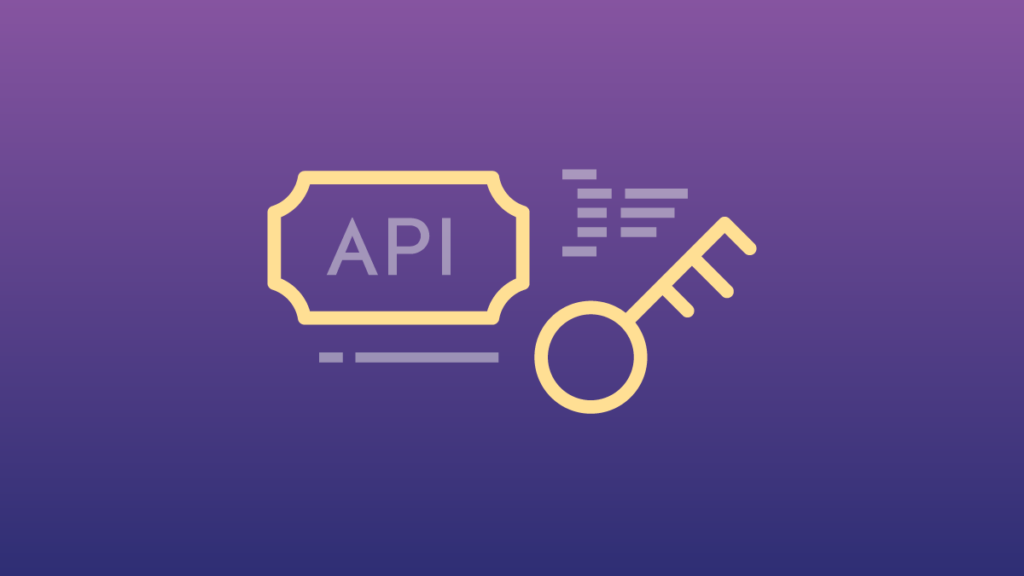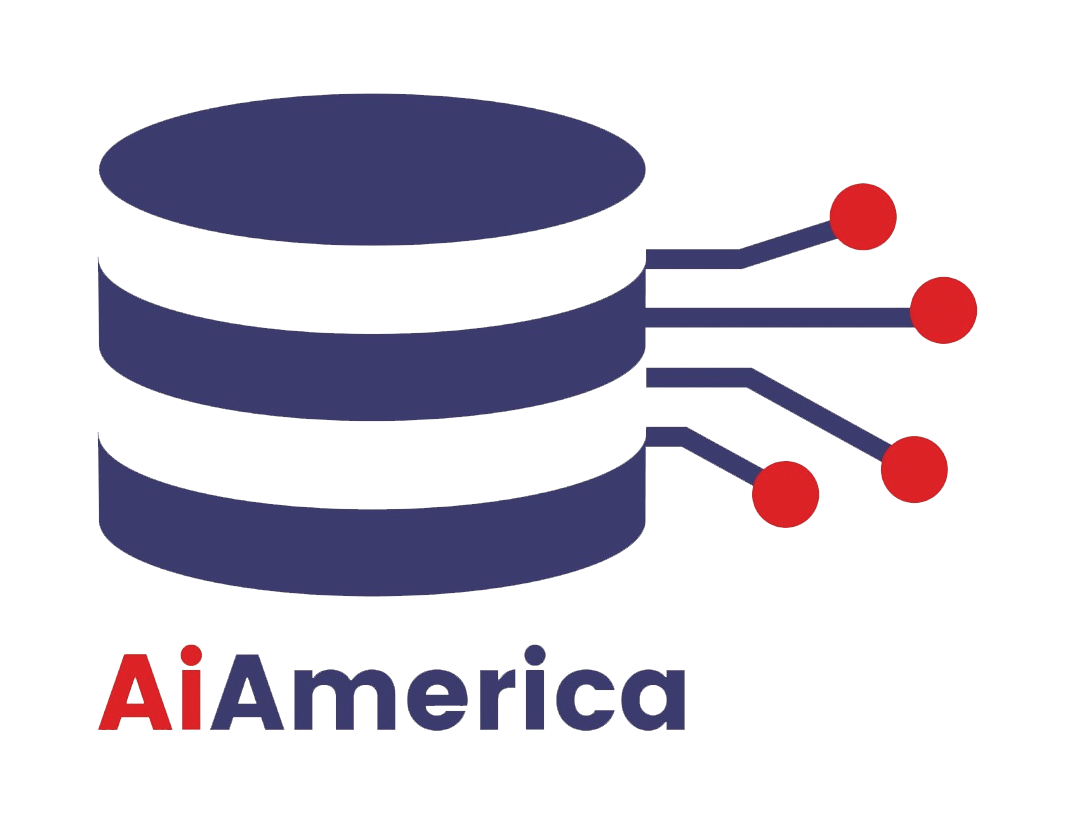
API tokens are critical for securing and managing access to AI platforms and services. These tokens serve as digital credentials that authenticate and authorize users or applications accessing APIs, ensuring secure and controlled interactions with AI resources. Here’s an in-depth look at how API tokens function and best practices for managing them effectively in 2025.
What Are API Tokens?
API tokens are unique, secret strings issued to users or apps that must be presented with each API request. They act like digital keys, verifying that the requester has the right permissions to access specific endpoints or services. Unlike usernames and passwords, tokens provide a finer granularity of control and can be scoped for limited access.
Tokens typically include:
- Header: Metadata about the token type and signing algorithm.
- Payload: Information about user identity, permissions, and expiration.
- Signature: A cryptographic hash ensuring integrity and authenticity.
How API Tokens Work
- Authentication: The client sends the token in the API request header, commonly using the
Authorizationfield. - Validation: The API gateway or server verifies token authenticity and validity using cryptographic checks.
- Authorization: The server checks token scopes and permissions to determine allowed operations.
- Access Control: Based on token claims, the API permits or denies access to requested resources.
- Response: If authorized, the service processes the request and returns data or performs actions.
Best Practices for API Token Management in AI Platforms
- Secure Storage and Transmission:
Never hardcode tokens in client-side code or repositories. Store them in secure vaults or environment variables. Always use encrypted channels (TLS/HTTPS) to protect tokens in transit. - Short Lifespan and Rotation:
Use short-lived access tokens paired with refresh tokens to limit exposure. Regularly rotate tokens to minimize risks from leaks. Automate token expiration and renewal processes. - Scoped and Minimal Permissions:
Issue tokens with the least privileges necessary (principle of least privilege). Define precise scopes to restrict API access only to required actions or data. - Monitoring and Logging:
Log all token usage for auditing and anomaly detection. Track abnormal patterns such as unusual request rates or attempts outside permissible scopes. - Rate Limiting and Abuse Prevention:
Implement token-based rate limiting to prevent overuse or brute-force attacks. Employ IP whitelisting or blacklisting where applicable. - Use API Gateways:
Gateways centralize authentication, authorization, traffic control, and enforce security policies consistently. They help detect suspicious behavior early. - Token Revocation:
Maintain a mechanism to revoke tokens promptly if compromised. Regular audits should identify unused or orphaned tokens to disable them.
API Tokens and AI Usage
In AI-driven platforms like those powering GPT, Gemini Flash, or Claude, API tokens not only secure access but are tied closely to billing and quota management. Tokens manage user or app consumption of expensive AI compute resources and help control costs by enforcing usage policies.
Developers should integrate token management strategies to:
- Control access to sensitive AI endpoints.
- Track and optimize AI token usage costs.
- Maintain compliance with data privacy and security regulations.
Summary
API tokens are foundational for securing AI APIs, enabling authenticated, authorized, and controlled access to advanced AI services. Proper management of tokens—including secure storage, scoped permissions, regular rotation, monitoring, and strong access control—is essential to safeguard platforms against unauthorized use and abuse. Leveraging modern security tools like API gateways, encryption, and anomaly detection helps maintain robust AI API security in today’s complex threat landscape.









